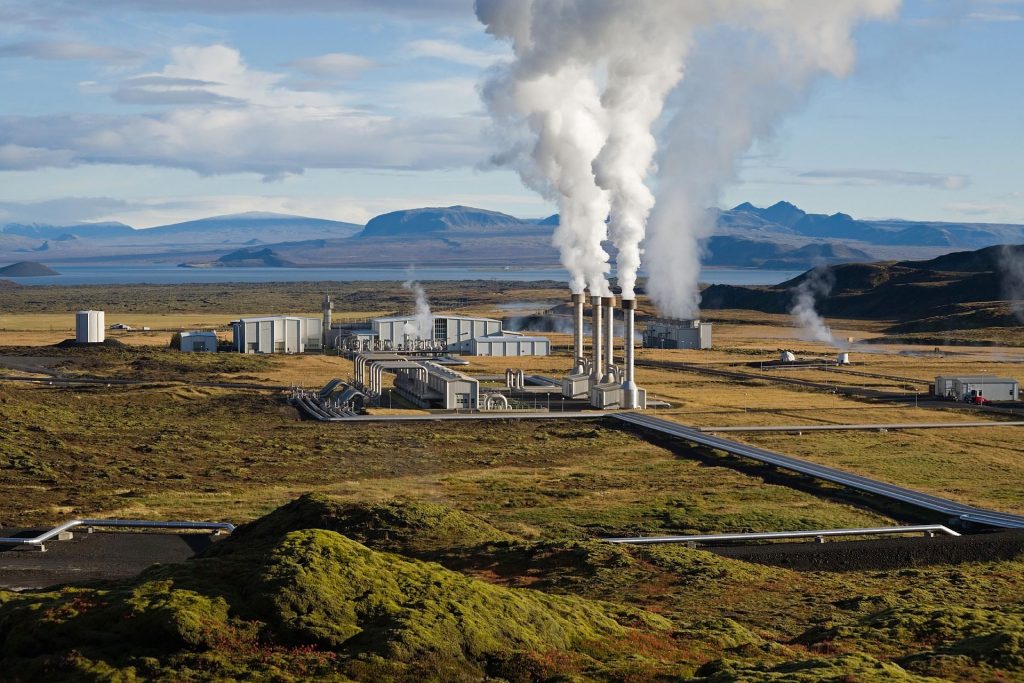Quick Bullets
- Geothermal plants produce 0.4 percent of the utility-scale electricity in the United States.
- The United States also produces the most electricity from geothermal plants in the world.
- Geothermal power is a renewable energy source that provides dispatchable, constant power, and is not dependent upon weather conditions.
- Expansion of geothermal energy use at the utility scale level is limited by the number of suitable locations.
Introduction
As mentioned in a previous report, “Energy at a Glance: Understanding Geothermal Power,” geothermal power has a range of applications. However, this paper primarily focuses on the economics of utility-scale geothermal power plants.
Growth and Cost
Geothermal is one of the least utilized energy sources in the United States. Despite this, the United States produces the most geothermal electricity in the world. In 2021, about 16 million megawatthours of electricity was generated from geothermal sources. Megawatt-hours are a unit of energy use, or the electricity generated by a source over time.
In this case, according to the average energy use of an American household, 16 million megawatt-hours of electricity could power approximately 1.5 million homes per year. In the United States, California produces the most geothermal electricity by far, followed by Nevada, Utah, Oregon, Hawaii, Idaho, and New Mexico, as shown in the below graph based on U.S. Energy Information Administration (EIA) electricity data. The county with the second-highest amount of geothermal power is Indonesia, which produces 5 percent of its electricity from geothermal, at 14 million megawatt-hours. Iceland and New Zealand, both volcanically active islands, have success with geothermal utilities, with Iceland in particular getting about a quarter of its electricity from geothermal power. Iceland has put geothermal to more direct use, with approximately 90 percent of homes in Iceland being heated by geothermal energy.
Like other renewables, geothermal benefits from the Renewable Electricity Production Tax Credit, at a rate of up to 2.6 cents/kWh. Additionally, the U.S. Department of Energy Office of Energy Efficiency and Renewable Energy Geothermal Technologies Office (GTO) receives tax dollars ($110 million in 2021) to fund research and development and other projects related to geothermal energy.
Although the upfront development and construction costs of geothermal power plants are significant, their operating costs are relatively low, and they operate at a high capacity factor, producing 90 percent of their nameplate capacity. EIA reports that the levelized cost of electricity for geothermal power is comparable to onshore wind or new natural gas plants.
To read the rest of the report, click here.
To read more about geothermal, click here.
To read more about other renewable energy sources, click here.
